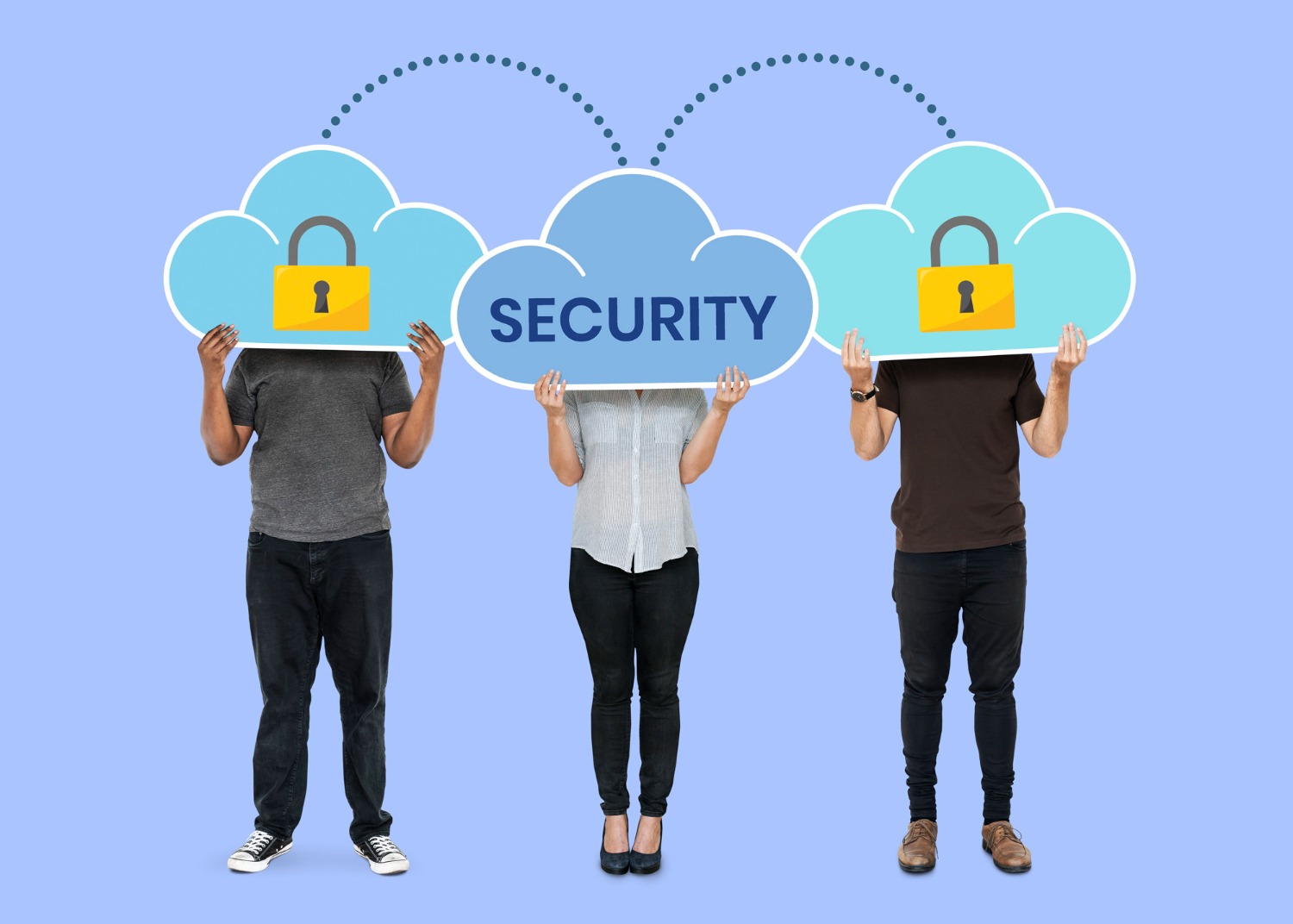What is Cloud Security ?
Cloud computing has become an integral part of businesses and organizations worldwide. From storing sensitive data to running critical applications, the cloud offers unparalleled scalability, flexibility, and cost-efficiency. However, as more organizations migrate to the cloud, the need for robust cloud security has become increasingly critical.
Cloud security refers to the set of policies, technologies, controls, and practices designed to protect data, applications, and infrastructure associated with cloud computing. It ensures the confidentiality, integrity, and availability of information stored and processed in the cloud.
The Importance of Cloud Security
The shift to cloud computing has revolutionized how businesses operate, but it has also introduced new security challenges. Unlike traditional on-premises systems, where data is stored within physical servers controlled by the organization, cloud environments rely on third-party service providers. This shared responsibility model means that while cloud providers secure the infrastructure, customers are responsible for protecting their data and applications.
Cloud security is essential for several reasons:
- Data Protection: Organizations store vast amounts of sensitive data in the cloud, including customer information, intellectual property, and financial records. A breach could lead to severe financial losses, reputational damage, and legal consequences.
- Compliance: Many industries are subject to strict regulatory requirements, such as GDPR, HIPAA, and PCI-DSS. Cloud security ensures that organizations remain compliant with these regulations by implementing necessary safeguards.
- Threat Mitigation: Cyber threats, such as ransomware, phishing, and Distributed Denial of Service (DDoS) attacks, are becoming more sophisticated. Cloud security measures help detect, prevent, and respond to these threats effectively.
- Business Continuity: Downtime caused by security incidents can disrupt operations and lead to significant financial losses. Cloud security ensures business continuity by safeguarding critical systems and data.
Key Components of Cloud Security
Cloud security is a multi-faceted discipline that encompasses various components to provide comprehensive protection. Some of the key components include:
- Data Encryption: Encryption is a fundamental aspect of cloud security. It ensures that data is unreadable to unauthorized users, even if intercepted. Data should be encrypted both in transit (while being transmitted over networks) and at rest (when stored in the cloud).
- Identity and Access Management (IAM): IAM solutions control who has access to cloud resources and what actions they can perform. Multi-factor authentication (MFA), role-based access control (RBAC), and least privilege principles are commonly used to enhance security.
- Network Security: Protecting the network infrastructure is crucial to prevent unauthorized access and data breaches. Firewalls, intrusion detection and prevention systems (IDPS), and virtual private networks (VPNs) are commonly used to secure cloud networks.
- Endpoint Security: With the rise of remote work, securing endpoints such as laptops, smartphones, and tablets has become critical. Endpoint security solutions protect devices from malware, unauthorized access, and other threats.
- Security Monitoring and Incident Response: Continuous monitoring of cloud environments helps detect suspicious activities and potential threats. Automated tools and Security Information and Event Management (SIEM) systems provide real-time alerts and enable swift incident response.
- Compliance and Auditing: Regular audits and compliance checks ensure that cloud environments adhere to industry standards and regulatory requirements. This includes assessing configurations, access controls, and data handling practices.
- Data Backup and Recovery: Cloud security also involves ensuring that data can be recovered in the event of a breach, accidental deletion, or system failure. Regular backups and disaster recovery plans are essential components of a robust cloud security strategy.
Challenges in Cloud Security
Despite its importance, cloud security is not without challenges. Some of the common challenges include:
- Shared Responsibility Model: The shared responsibility model can lead to confusion about who is responsible for securing specific aspects of the cloud environment. Misconfigurations due to a lack of understanding can result in vulnerabilities.
- Data Privacy: Storing data in the cloud often means it is hosted in multiple geographic locations, which can raise concerns about data sovereignty and compliance with local regulations.
- Complexity of Cloud Environments: Cloud environments are often dynamic and complex, with multiple services, applications, and users. Managing security across these environments can be challenging.
- Insider Threats: Insider threats, whether intentional or accidental, pose a significant risk to cloud security. Employees or contractors with access to sensitive data can inadvertently or maliciously compromise security.
- Evolving Threat Landscape: Cybercriminals are constantly developing new techniques to exploit vulnerabilities in cloud environments. Staying ahead of these threats requires continuous monitoring and updating of security measures.
Best Practices for Cloud Security

To address these challenges and ensure robust cloud security, organizations should adopt the following best practices:
- Choose a Reputable Cloud Provider: Select a cloud service provider with a strong track record of security and compliance. Evaluate their security certifications, data protection policies, and incident response capabilities.
- Implement Strong Access Controls: Use IAM solutions to enforce strict access controls. Regularly review and update permissions to ensure that only authorized users have access to sensitive data and systems.
- Encrypt Data: Encrypt data both in transit and at rest to protect it from unauthorized access. Use strong encryption algorithms and manage encryption keys securely.
- Conduct Regular Security Audits: Perform regular audits to identify and address vulnerabilities in your cloud environment. This includes reviewing configurations, access logs, and compliance with regulatory requirements.
- Educate Employees: Provide regular training to employees on cloud security best practices, such as recognizing phishing attempts and using strong passwords.
- Monitor and Respond to Threats: Implement continuous monitoring and automated threat detection tools to identify and respond to security incidents promptly.
- Backup Data Regularly: Ensure that data is backed up regularly and that backups are stored securely. Test your disaster recovery plan to ensure business continuity in the event of a breach or system failure.
Conclusion
Cloud security is a critical aspect of modern business operations. As organizations increasingly rely on cloud computing, the need to protect sensitive data and systems from cyber threats has never been greater. By understanding the key components of cloud security, addressing common challenges, and adopting best practices, organizations can build a secure and resilient cloud environment. In doing so, they can harness the full potential of cloud computing while minimizing risks and ensuring the trust of their customers and stakeholders.




